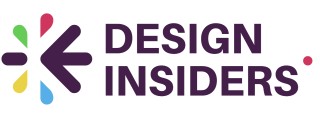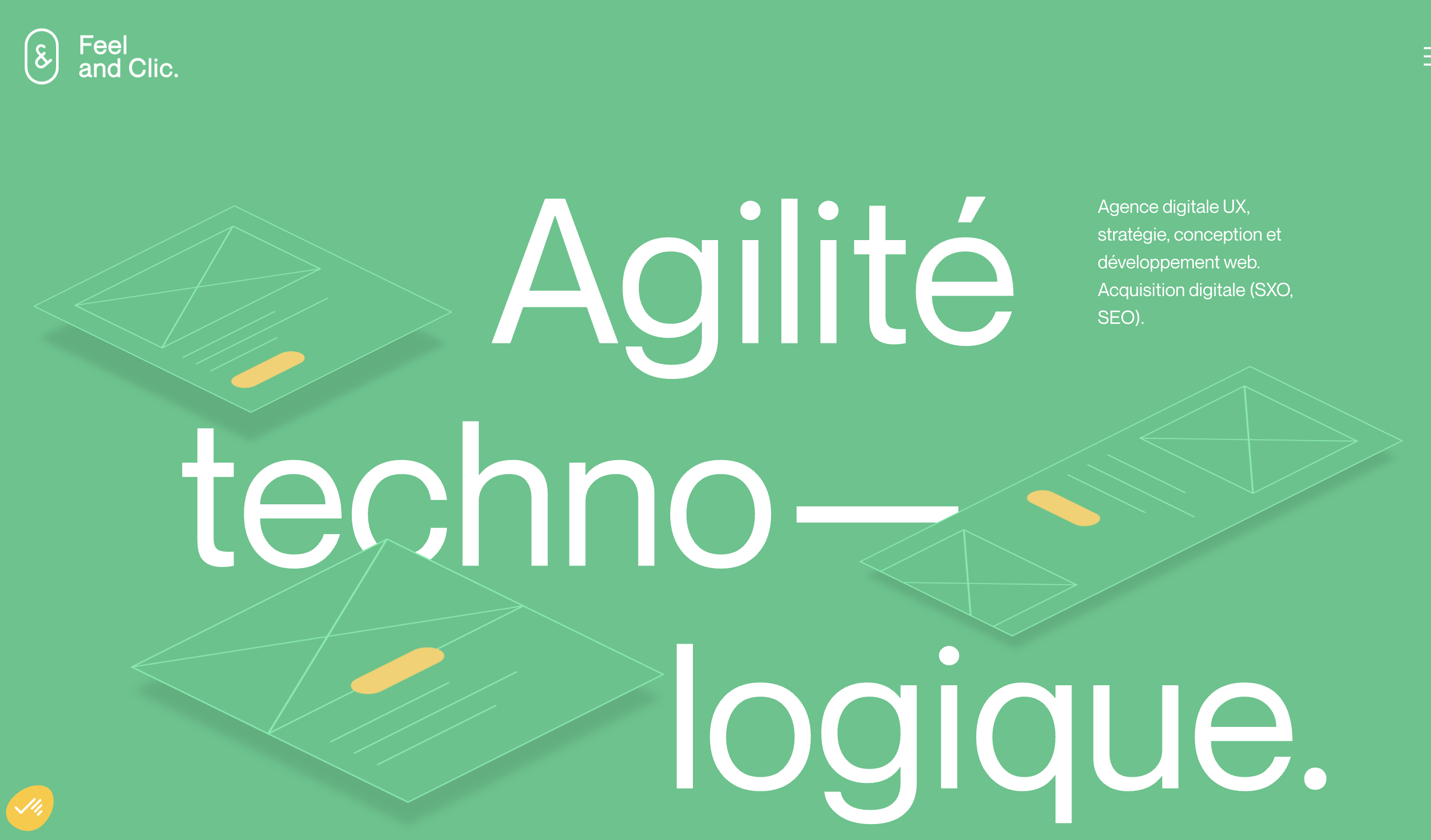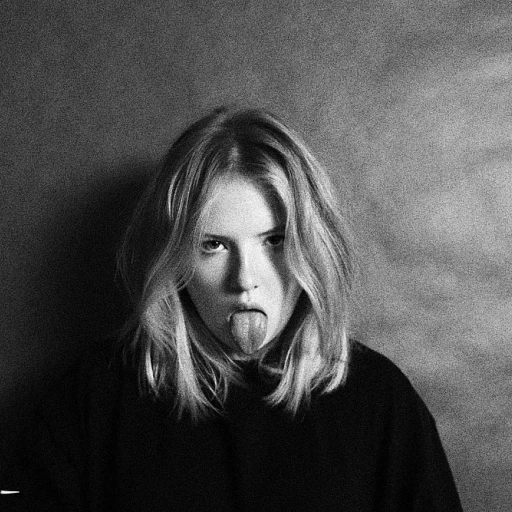
The Intersection of Design and Marketing
The Synergy Between Marketing and Visual Design
The modern marketing landscape is increasingly driven by visual content, where the design does not just support but actively shapes marketing strategies. To understand the full extent of this synergy, one must look at marketing experimentation, which thrives on precise design execution to test hypotheses and ideas in real-world scenarios. In the realm of digital marketing, graphics become the vehicle through which marketing experiments interact with users, providing feedback and valuable data.
When marketers devise experiments and tests, they often craft hypotheses aimed at increasing conversion rates, improving audience engagement, or enhancing customer experience. Here, visual design plays a critical role in presenting these experiments in accessible and engaging formats. The design of a marketing experiment ranges from the layout of an email marketing campaign to visually appealing subject lines and interactive social media content. Each of these elements is strategically designed to not only attract user attention but also ensure they interact with the material meaningfully.
The intersection of design and marketing strategies is diverse and complex. From creating simplified visual data representation to crafting intricate designs that elevate the testing processes, effective design will help in ensuring the message reaches and resonates with the audience. Marketers and designers work closely to refine these strategies, understanding that time is a crucial element. Real-time data and metrics derived from marketing experiments offer insights into what design features are enhancing conversion rates.
For instance, consider multi-step experiments where the user journey is monitored meticulously. Every design element is optimized to guide the customer seamlessly from awareness to conversion. This process requires an understanding of key metrics and audience behavior, ultimately aiding growth.
To deepen your understanding of integrating visual design into marketing, explore advanced techniques for impactful data visualization. This resource offers insights into how visual storytelling can be mastered to not only inform but also captivate the audience, crucial for conducting effective marketing experiments.
Key Elements of a Marketing Experimentation Graphic
Essential Components of Effective Marketing Graphics
In the realm of marketing experiments, the design of your graphics can play a crucial role in communicating your message effectively. As digital marketing increasingly relies on data-driven strategies, the role of visual content remains significant in illustrating complex data and hypotheses.
Firstly, every marketing graphic should have a clear purpose aligned with the experiment's hypotheses and key metrics. This clarity will ensure that the graphics adequately reflect the goals of the campaign, aiding in better audience understanding and engagement.
- Data Visualization: It is vital to present your data in a format that is both appealing and easily digestible. Leveraging the power of infographics can significantly enhance audience involvement and make complex data more accessible.
- Call to Action (CTA): Including a well-placed and compelling call to action can increase conversions by guiding the customers through the desired action.
- Brand Consistency: Design elements should maintain the brand's identity to build trust and familiarity with the users.
- Adaptability: As marketing rapidly evolves with technology, including adaptability in design allows graphics to stay relevant in multiple platforms, whether on social media, email marketing, or websites.
Moreover, the graphics should be subject to continuous testing and iterations. This iterative process, informed by metrics from past experiments, will help refine the style and ideas to align with user preferences and behavior better. For example, if a specific subject line or image format in an email campaign consistently increases open rates, this data should influence future design decisions.
Case Studies: Success Stories in Marketing Graphics
Real-World Accomplishments in Marketing Graphics
Utilizing graphics in marketing experiments has proven its value across various platforms and industries. This section explores real-world examples where the design of graphics has significantly contributed to successful marketing outcomes. One of the most notable instances of this success is seen in the realm of social media marketing. Brands that have leveraged eye-catching visuals in A/B testing on platforms like Instagram and Facebook often report higher engagement rates. These tests often involve altering design elements such as color schemes, typography, and imagery in their social media posts. The results can lead to a clearer understanding of what drives user engagement and helps increase conversion rates. In email marketing campaigns, subject lines paired with compelling graphics have shown remarkable results. By testing different visual layouts, email marketers have been able to pinpoint which designs lead to higher open rates and, subsequently, higher conversion rates. Companies that engage in such experimentation often surmise that a combination of personalized content and visually appealing design can lead to heightened customer interaction and satisfaction. Digital marketing strategies incorporating infographics have also served as an effective example in the industry. Through marketing experiments, teams have observed that infographics not only help in communicating complex data at a glance but also significantly boost sharing rates. This, in turn, extends the reach of their content. For instance, a campaign that integrates unique, informative visuals into its core strategy will typically observe a marked improvement in both audience engagement and conversion metrics. One creative campaign utilized interactive graphics to drive growth. The brand designed a multi-step interactive quiz with visually engaging elements, allowing users to derive personalized insights about the product. The result was a surge in conversion rates as users were more likely to trust and purchase products when presented with customized data generated through their interactions. These case studies underscore the pivotal role that well-designed marketing graphics play in the modern digital landscape. As we continue to refine marketing strategies, it becomes evident that strategic experimentation with design will help companies tap into unexplored potentials, aligning with the ongoing evolution in graphical communication. For an in-depth reflection on the visual storytelling success in digital marketing campaigns, you may refer to this captivating design campaigns article. By learning from such success stories, marketers can better craft their strategies to meet and exceed key growth metrics.Challenges in Designing for Marketing Experiments
Overcoming Design Hurdles in Marketing Experiments
Designing graphics for marketing experiments presents a unique set of challenges that require a careful balance between creativity and data-driven insights. As marketers aim to optimize conversion rates and engage audiences effectively, they must navigate these obstacles with precision.
One of the primary challenges is aligning the design with the marketing strategy. This involves ensuring that the visual content resonates with the target audience while supporting the experiment's hypothesis. Designers must work closely with marketing teams to understand the key metrics that will be tested, such as conversion rates or user engagement, and tailor the graphics to highlight these aspects.
Time constraints can also be a significant hurdle. Marketing experiments often operate on tight schedules, requiring rapid iteration and testing. This pressure can lead to compromises in design quality or innovation. To address this, teams need efficient workflows and clear communication channels to streamline the design process without sacrificing creativity.
Another challenge lies in the multi-step nature of many marketing experiments. Designers must create cohesive visuals that guide users through a journey, from initial engagement to conversion. This requires a deep understanding of the customer journey and the ability to craft designs that maintain interest and drive action at each stage.
Testing and iteration are crucial in overcoming these challenges. By analyzing data from initial tests, designers can refine their graphics to better meet the experiment's goals. This iterative approach not only improves the effectiveness of the design but also provides valuable insights into user preferences and behaviors.
Finally, ensuring that the design is adaptable across various platforms, such as email marketing, social media, and digital marketing channels, is essential. Each platform may have different requirements and user expectations, necessitating flexible design solutions that can be customized for each context.
By addressing these challenges head-on, designers can create impactful graphics that enhance marketing experiments and drive growth. Through collaboration, innovation, and a focus on data, teams can overcome these obstacles and achieve successful outcomes.
Tools and Techniques for Effective Design
Essential Tools for Designing in a Marketing Experiment Context
In the realm of marketing experiments, having the right design tools at your disposal can make a world of difference in the outcomes of your tests. As we delve deeper into the intersection of design and marketing, effective design assists in clearly communicating your hypothesis and optimizing your presentation.
Design Software and Platforms
Several software options and platforms can help create striking graphics for your digital marketing efforts. Tools like Adobe Creative Cloud Suite, Sketch, and Canva remain at the forefront, offering comprehensive features for designing impactful content. These platforms cater to varied levels of expertise, making them indispensable in producing visuals that align with your marketing strategy.
Data Visualization and Infographics
Clear communication of data-driven insights can greatly enhance the effectiveness of your marketing experiments. Using infographics and data visualization tools such as Tableau and Google Data Studio aids in presenting complex data in an engaging format. These tools are crucial in demonstrating growth trends, presenting testing results, and clarifying key metrics to stakeholders.
Experimentation Platforms and Testing Tools
For those focusing on increasing conversion rates and enhancing audience engagement, platforms like Optimizely and Google Optimize play a vital role in running A/B tests and multivariate tests. These tools are designed to measure and optimize everything from content performance to conversion rate improvements.
Leveraging Email Marketing Tools
Email marketing remains a potent channel for executing marketing experiments. Platforms like Mailchimp and SendinBlue provide robust testing features, allowing you to trial different subject lines, content layouts, and messages to determine what resonates with your audience. Detailed metrics and analytics from these tools will help refine your approach over time, leading to improved customer engagement and conversion rates.
Social Media Design and Management
For experiments marketing on social media, tools such as Buffer and Hootsuite offer comprehensive design and publishing capabilities. They not only help in creating timely content but also in analyzing performance metrics, ensuring you maximize your strategies to effectively engage users across various platforms.
Understanding the role these tools play in your overall marketing strategy will increase your chances of running successful marketing experiments. By integrating design tools aligned with your marketing goals, you enhance the potential to captivate your audience and drive tangible results.















